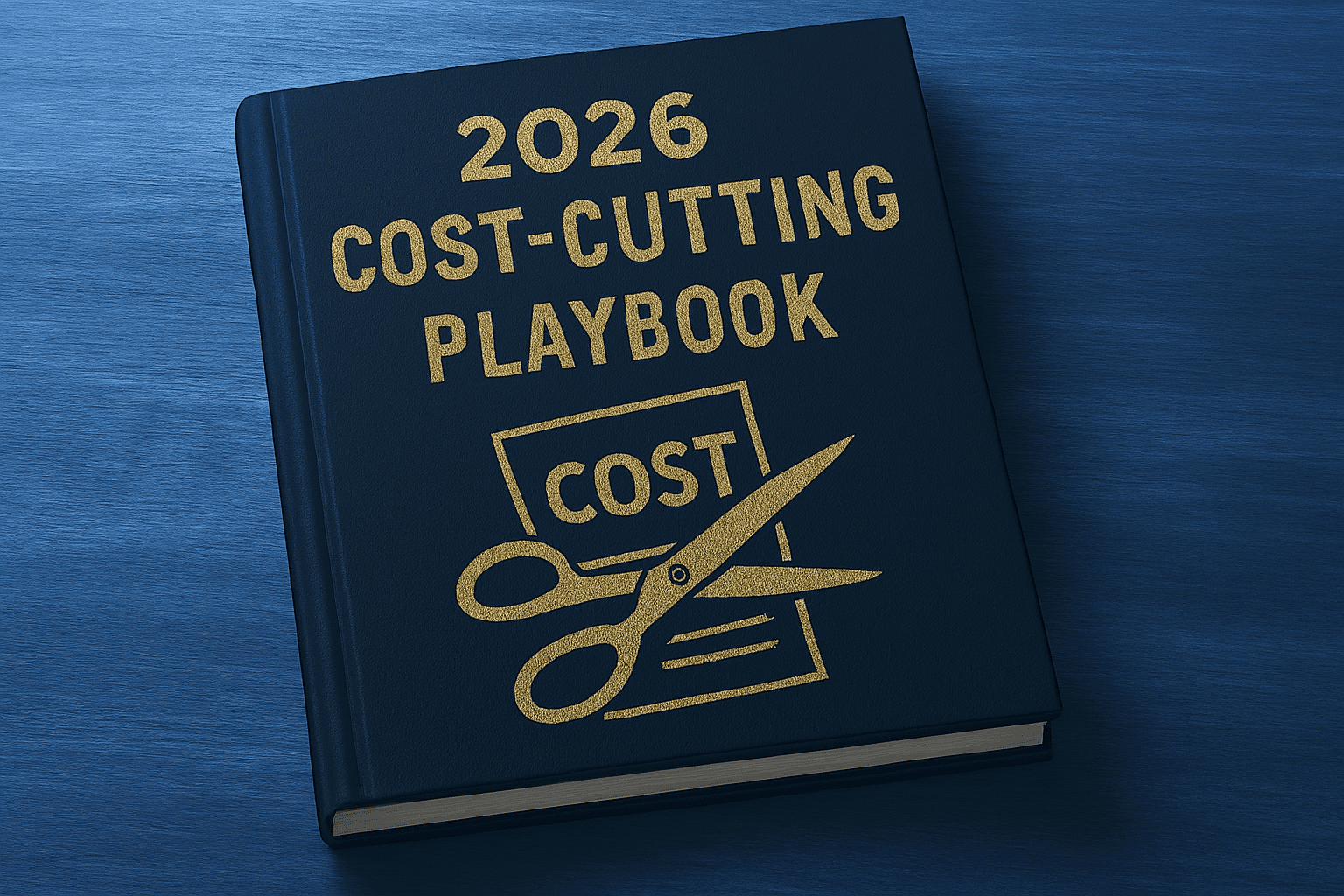Inflation may have cooled slightly, but everyday costs still feel heavier than they should. From groceries to streaming services, small expenses add up fast. The good news is that most households can reclaim hundreds of dollars a month without major lifestyle changes. It starts with smarter habits. Ones that quietly trim waste and redirect spending toward what actually matters.
Below are ten practical strategies that appear to deliver consistent savings across different income levels and lifestyles. Each one is simple to implement, yet flexible enough to adapt to your routine.
1. Plan Meals with Purpose, Not Perfection
Meal planning is not about rigid schedules or gourmet prep. It is a way to reduce impulse buys and food waste. Start by listing meals you already enjoy and rotate them weekly. Use ingredients that overlap (ex. rice, beans, or chicken) to simplify shopping. It may help to batch-cook staples and freeze portions for busy nights.
2. Audit Subscriptions Quarterly
It is believed that most Americans pay for at least one subscription they forgot about. Streaming platforms, fitness apps, cloud storage often renew silently. Every three months, scan your bank statements and cancel anything unused. Consider rotating services instead of keeping all active year-round.
3. Shop Groceries with a List and a Limit
Walking into a store without a plan is a budget trap. Create a list based on your meal plan and set a spending cap. Stick to perimeter aisles where fresh food lives, and avoid mid-aisle temptations. It may be worth comparing prices across stores or using apps that track discounts.
4. Use Cash for Discretionary Spending
Digital payments blur the line between needs and wants. Try withdrawing a fixed amount of cash each week for non-essential purchases such as coffee, takeout, or small treats. Once it runs out, pause spending until the next cycle. This method appears to increase awareness and reduce impulse buys.
5. Embrace Generic Brands Strategically
Not all store brands are created equal, but many match national labels in quality. Items like cereal, cleaning supplies, and canned goods often perform similarly. Test a few alternatives and keep the ones that meet your standards. Over time, this swap may cut grocery costs by 15 to 20 percent.
6. Delay Large Purchases by 30 Days
Impulse buys feel urgent at the moment. Implement a 30-day rule for anything over $100. Write it down, revisit it a month later, and reassess. Most desires fade with time, and those that persist are likely worth the investment.
7. Bundle Insurance and Revisit Coverage
Insurance premiums tend to creep up quietly. It is advisable to bundle auto, home, and renters insurance when possible. Review your coverage annually and request quotes from competitors. Some providers offer loyalty discounts or usage-based plans that better fit your lifestyle.
8. Cook at Home More Often Than You Think You Can
Dining out is convenient, but the markup is steep. Even casual meals cost two to three times more than homemade versions. Aim for a 70/30 split. Example: cook at home 70 percent of the time, dine out 30 percent. Use simple recipes and prep in bulk to make cooking less of a chore.
9. Sell Unused Items Before Buying New Ones
Before purchasing something new, scan your home for items you no longer use. Electronics, clothes, furniture. These can be sold online or locally. The extra cash offsets new purchases and clears clutter. It may also shift your mindset from accumulation to intentional ownership.
10. Use Loyalty Programs Without Overcommitting
Retailers push loyalty programs aggressively, but not all are worth it. Focus on ones that align with your actual habits such as grocery chains, pharmacies, or fuel stations. Track points and redeem them regularly. Avoid signing up for programs that require frequent purchases to unlock value.
These strategies are not revolutionary, but they work because they target everyday behaviors. The goal is not to live frugally for the sake of it, but to spend with intention. By trimming excess and redirecting funds, you create space for what matters.


Leave a Reply